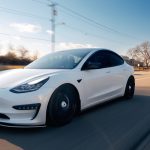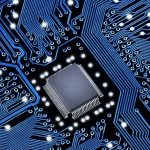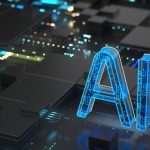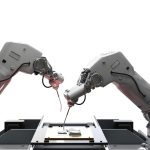Tesla continues to make strides in developing its Optimus humanoid robots, showcasing the pilot production line at its Fremont factory. This initiative marks a significant step towards integrating robotics into Tesla’s manufacturing processes, aiming to enhance operational efficiency and innovation within the company’s facilities.
Historically, Tesla has faced various production challenges across its product lines, and the Optimus project is no exception. Previous endeavors in scaling production have highlighted the complexities involved in introducing new technologies, particularly those that require novel components and supply chain adjustments.
How Will Optimus Scale Across Tesla Factories?
“And we’ve got Optimus. We’re making good progress in Optimus. We expect to have thousands of Optimus robots working in Tesla factories by the end of this year. And we expect to scale Optimus up faster than any product, I think, in history to get to millions of units per year as soon as possible. I feel confident in getting to a million units per year in less than five years, maybe four years,”
stated Elon Musk during the company’s first quarter earnings call.
What Are the Current Production Limitations?
Elon Musk emphasized that Optimus remains a development program, highlighting the focus on producing a few thousand units initially. The company plans to ramp up production towards the end of the year, ensuring that each component meets Tesla’s standards before large-scale manufacturing begins.
How Is Tesla Addressing Supply Chain Issues?
“So, almost everything in Optimus is new. There’s not an existing supply chain for the motors, gearboxes, electronics, actuators, really almost anything in the Optimus apart from the AI for Tesla, the Tesla AI computer, which is the same as one in the car. So when you have a new complex manufactured product, it’ll move as fast as the slowest and least lucky component in the entire thing,”
Musk elaborated, underscoring the challenges posed by developing new parts and securing reliable suppliers.
Additionally, Tesla is negotiating with China to obtain licenses for rare earth magnets essential for Optimus. Recent export restrictions imposed by China in response to U.S. tariffs have complicated access to these materials. Musk assured that the magnets are intended solely for robotic applications, addressing concerns about their potential military use.
The integration of permanent magnets in Optimus’ actuators represents Tesla’s efforts to optimize motor design within volume constraints. Despite not being a necessity for Tesla’s broader operations, this design choice aims to enhance the efficiency and compactness of the robot‘s movements.
Navigating production challenges and supply chain disruptions will be critical for Tesla’s success with Optimus. Ensuring a steady flow of necessary components and scaling manufacturing processes effectively will determine the timeline and feasibility of deploying millions of humanoid robots across Tesla’s operations.










